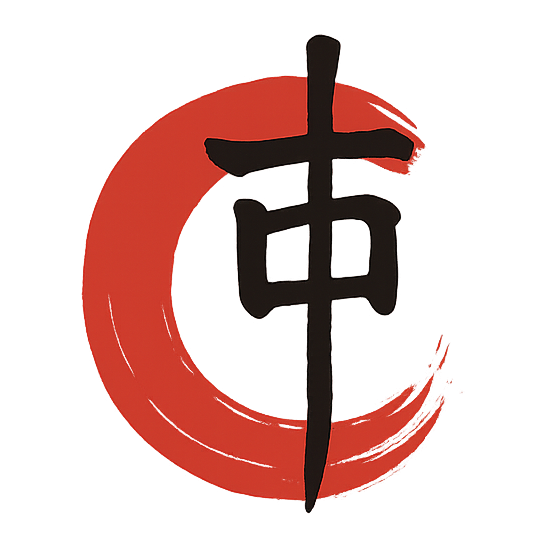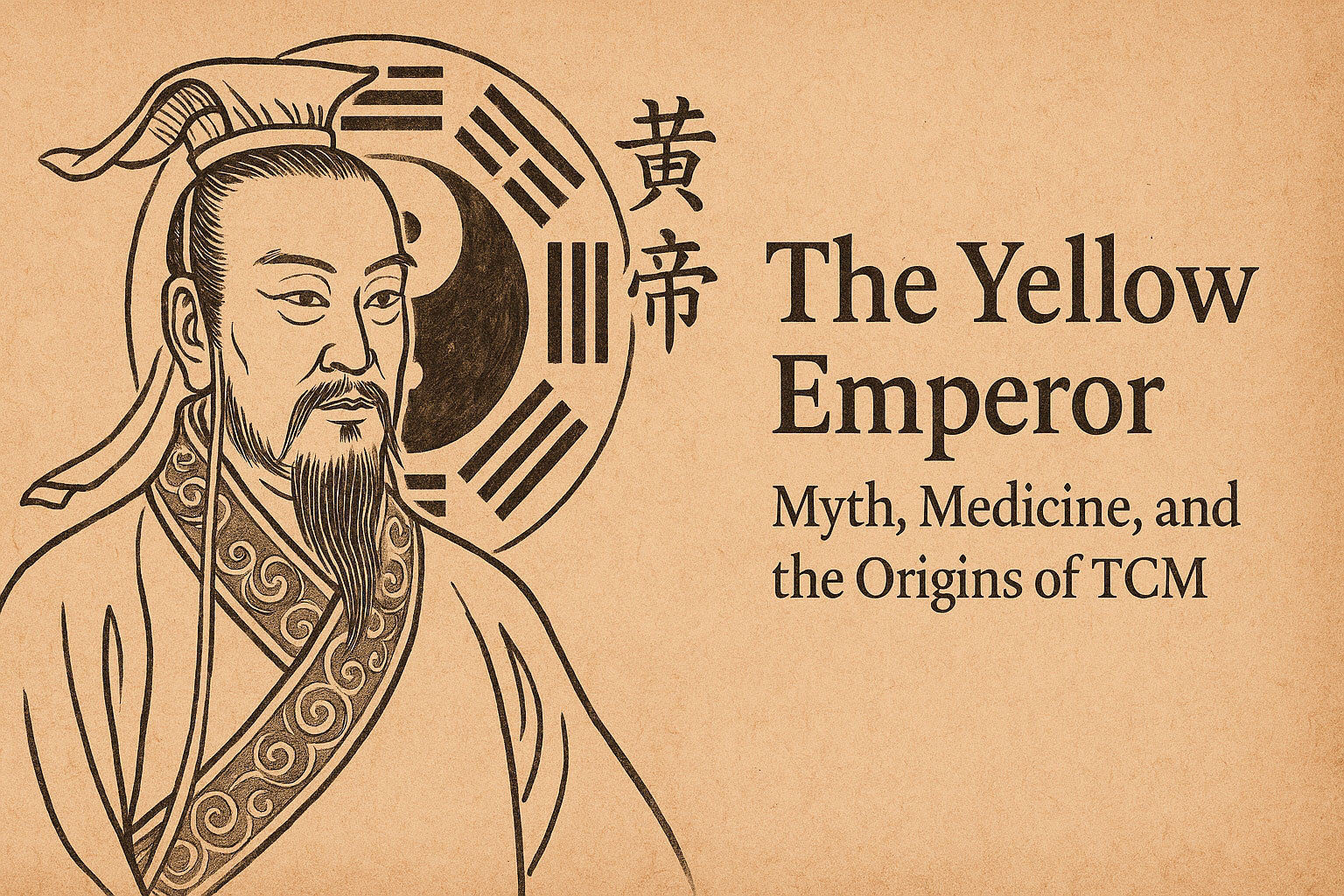In the world of Traditional Chinese Medicine (TCM), few figures are as iconic as the Yellow Emperor (Huangdi, 黄帝). Revered as a mythical ruler, cultural ancestor, and medical pioneer, Huangdi is the legendary author and namesake of the foundational medical text: the Huangdi Neijing (Yellow Emperor’s Inner Canon).
But who was the Yellow Emperor — and why does he stand at the crossroads of mythology, philosophy, and medical wisdom?
🔶 Huangdi in Chinese Mythology
Huangdi is believed to have lived around 2697–2597 BCE, though his historical existence is debated. In Chinese tradition, he is:
- One of the “Five Emperors” of early mythic history
- Considered the ancestor of the Han people
- A wise and virtuous ruler who unified tribes and cultivated civilization
Stories describe Huangdi as a sage-king, credited with inventing:
- Clothing
- Agriculture
- The calendar
- Governance
- And importantly, medicine
🔶 The Huangdi Neijing: China’s Oldest Medical Classic
Though likely compiled between 500–200 BCE, the Huangdi Neijing is framed as a dialogue between Huangdi and his court physician, Qi Bo (岐伯).
This structure — the wise ruler questioning, the master physician answering — reflects Confucian ideals of inquiry and learning.
🔸 The Neijing consists of two parts:
- Suwen (Plain Questions) – Theoretical foundations of TCM: Yin-Yang, Five Elements, organ theory, pathology, lifestyle
- Lingshu (Spiritual Pivot) – Clinical application, especially acupuncture
🔶 Why Is the Yellow Emperor Central to TCM?
The Yellow Emperor represents:
| Role | Significance |
|---|---|
| Cultural Symbol | A link between heaven and earth, embodying harmony with nature |
| Philosophical Archetype | A ruler who seeks truth, reflecting Daoist and Confucian ideals |
| Medical Patron | Legitimatizes medicine as an ancient, sacred art |
| Moral Example | A wise leader who pursues health not just for himself, but for his people |
By placing medicine under his name, the Neijing asserts its timelessness, authority, and moral grounding.
🔶 Myth and Medicine: Harmony with the Dao
Daoist philosophy deeply permeates the Neijing:
- Health is achieved through balance — Yin and Yang, movement and stillness
- The human body is a microcosm of the universe
- Prevention is superior to cure
These principles, framed in poetic and symbolic language, reflect ancient cosmology — yet still guide clinical decisions today.
🔶 Legacy and Influence
The Yellow Emperor’s legacy continues to shape:
- Medical education: All students of TCM begin with the Neijing
- Cultural identity: He is celebrated in rituals, art, and literature
- Moral medicine: Emphasizing ethics, prevention, and lifelong cultivation
Temples and altars to Huangdi still exist in China, especially in Henan and Shaanxi, where he is worshipped as 祖医 (Ancestral Healer).
🔶 Conclusion
Whether real or symbolic, the Yellow Emperor stands as the eternal origin point of Chinese medicine. Through the Neijing, his voice continues to echo across millennia, guiding us to live in rhythm with the universe, care for the body with wisdom, and treat illness by understanding its roots.
In honoring Huangdi, we honor the spirit of TCM itself — a medicine not only of science, but of culture, philosophy, and humanity.


发表回复